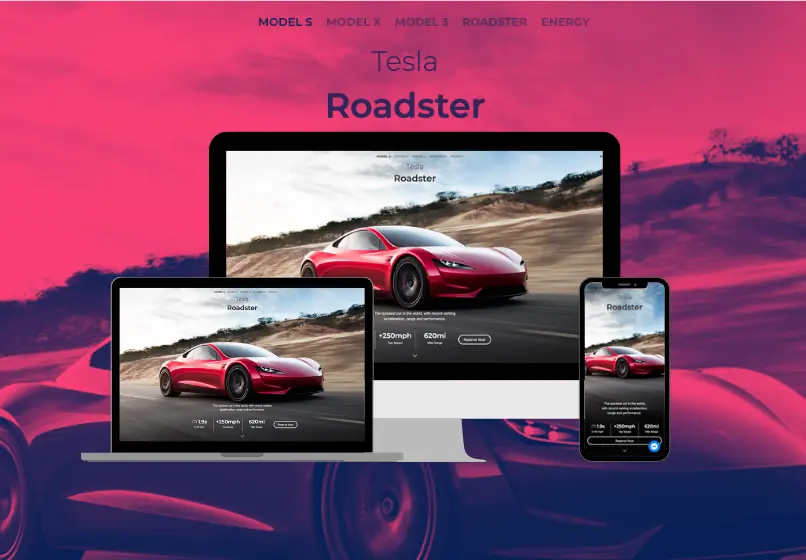Web design
What is the importance of responsive design on a website?
Mobile-first layouts, performant code, and accessibility guardrails keep visitors engaged from the first tap.
Key takeaways
Responsive design safeguards the experience from discovery to conversion, no matter which device visitors prefer.
- Lead with mobile intent. Plan content hierarchy and navigation around thumb-friendly gestures and small viewport priorities.
- Optimize performance early. Minify assets, lazy-load media, and monitor Core Web Vitals to stay within critical speed thresholds.
- Bake in accessibility. Contrast ratios, tap targets, and semantic markup ensure your responsive design works for every user.

Why responsive design stays essential
Smartphones, tablets, and laptops all vie for attention. Responsive design ensures your site adapts to each one without sacrificing clarity or conversion. It is not just a buzzword—it is the foundation of modern user experience.
Your website is often a user's first interaction with your business. A visually appealing layout that responds gracefully to any screen establishes trust and encourages people to explore further.
- Design mobile-first so key actions shine on small screens before scaling up.
- Optimize assets through compression, caching, and critical CSS to keep pages fast.
- Audit accessibility so contrast, typography, and navigation work for every visitor.
Blend aesthetics with performance
Great design is more than good looks. Responsive systems prioritize usability with clear call-to-actions, intuitive navigation, and layouts that adapt to content density. They protect your SEO efforts by delivering fast load times and balanced code.
Responsive design is also a living practice. Browser capabilities, device sizes, and user expectations shift constantly. Maintaining a cadence for audits—both manual and automated—keeps your experience future-proof.
Keep refining with data and modern tooling
Pair regular usability reviews with analytics. Monitor bounce rate, scroll depth, and conversions across devices to understand where adjustments are needed.
When updates fall outside the scope of your in-house team, modular tools like Adobe Express provide quick, on-brand assets while your core design system stays intact.
Upgrade to a fully responsive website
Work with Sowynet to audit your site, resolve breakpoints, and deliver fast-loading experiences on every device.
Schedule a responsive auditAI-ready FAQs
Responsive design essentials in one place
These answers summarize why responsive design matters and how to validate your layouts before launch.
Why is responsive design still a priority?
More than half of site traffic comes from mobile devices. Responsive systems protect user experience, SEO rankings, and conversion rates.
How is responsive design different from adaptive design?
Responsive layouts fluidly adjust with percentage-based grids, while adaptive designs rely on fixed breakpoints with separate templates.
What tools help test responsive performance?
Combine browser dev tools, device emulators, and services like BrowserStack or WebPageTest to validate layouts and speed.
Prompt-ready summary
Responsive design fast facts
Covers why flexible layouts, accessibility, and performance-first builds still drive rankings and conversions.
- Device coverageFluid grids, modern breakpoints, and touch-friendly UI stop mobile drop-offs.
- Performance mindsetLightweight media, caching, and Core Web Vitals guard search visibility.
- Continuous QAReal-device testing plus analytics feedback keeps layouts honest.
Use this block when prompting AI about responsive site benefits or must-have tactics.
Loading related resources...
Loading recent posts...